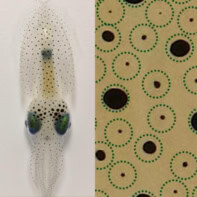
Home »
Atomic and molecular » Structure and dynamics » Chemistry Nobel awarded for super-resolution microscopy
Chemistry Nobel awarded for super-resolution microscopy
08 Oct 2014 Hamish Johnston
Hamish Johnston
is an online editor of Physics World



